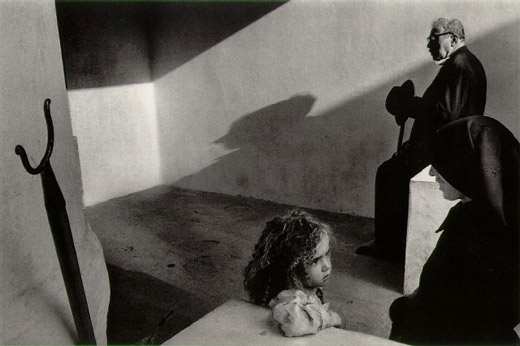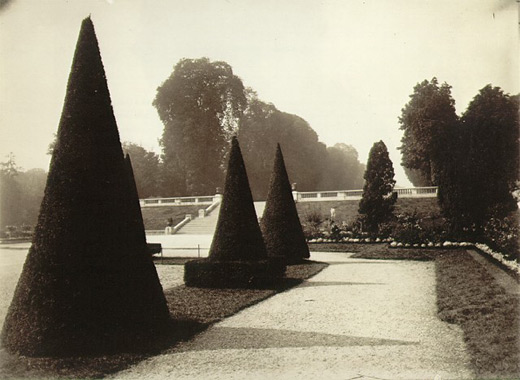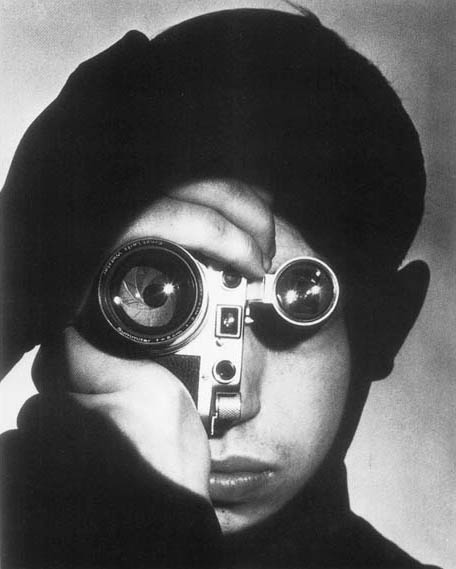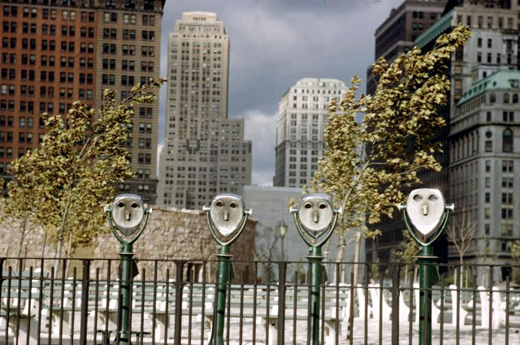Today’s image of the day is called Hand on Door from the Somnambulist series by master fine art American photographer Ralph Gibson; it was shot in 1968. Many of Gibson’s most famous photographs are high contrast images, and this high contrast has become part of his signature style. Gibson’s photographs were created through meticulous film developing (by Gibson himself) and printing.
What attracts me to this and many other Gibson images is the strong sense of story and the very striking graphic quality of the image.

Hand on Door from the Somnambulist series by Ralph Gibson — 1968
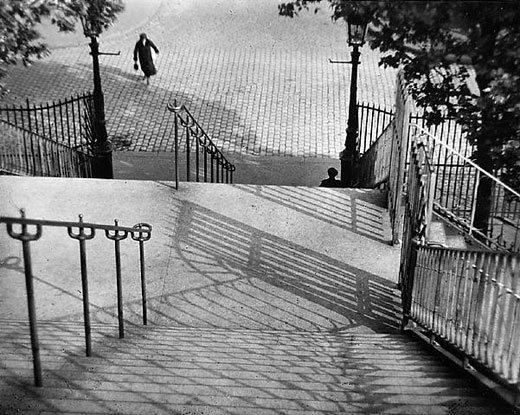
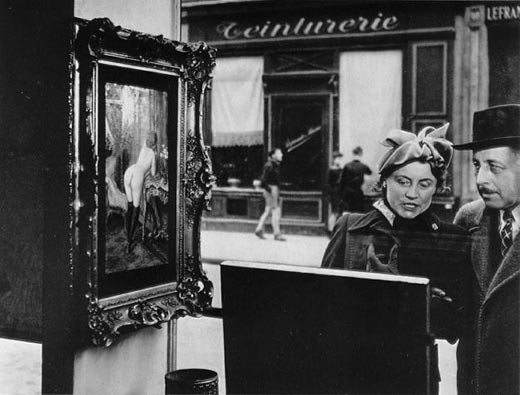
![Rayography [Kiss] - Man Ray 1922 Rayography [Kiss] - Man Ray 1922](http://www.photography.ca/wp-content/uploads/2011/01/man-ray1.jpg)
